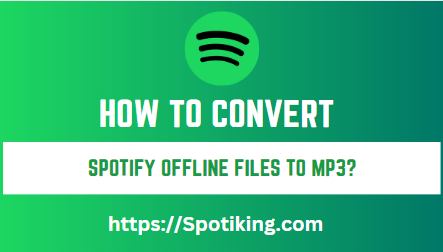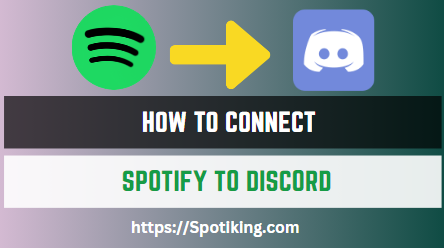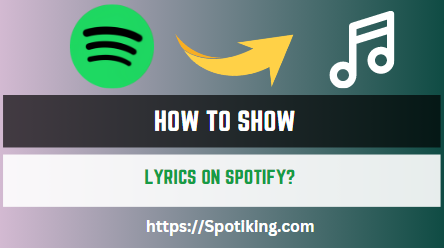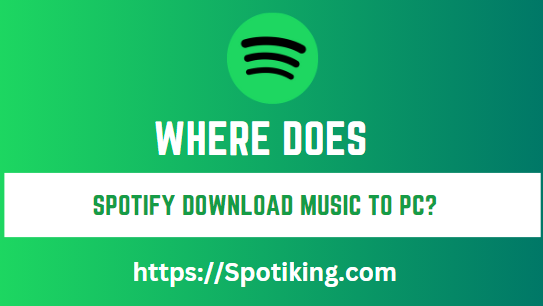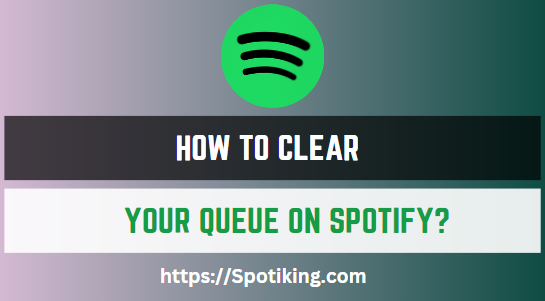How to Convert Spotify Offline Files to MP3? (Complete User Guide)
With more than 345 million active users worldwide, In this article we learn How to Convert Spotify Offline Files to MP3, Spotify is one of the most well-liked music streaming services. You can access its enormous library of songs, podcasts, and other audio content both online and offline.
However, one important drawback of Spotify’s offline mode is that you may only listen to downloaded tracks inside the app. You’ll need to transcode Spotify music before saving it as an MP3 file. This post will show you how to convert Spotify offline files to MP3 and play your favorite music anywhere.
How to Convert Spotify Offline Files to MP3
Here are the three methods to convert Spotify to an offline:
Method 1: Using Spotify Music Converter
Spotify Music Converter is software that allows you to convert Spotify offline files to MP3. Follow these simple steps to convert your offline files:
- Download and install a reliable Spotify Music Converter on your computer.
- Open the Spotify app on your device and navigate to the playlist or song you want to convert.
- Click the “Download” button to download the song or playlist for offline playback.
- Launch the Spotify Music Converter software and click the “Add Files” button to import the downloaded Spotify files.
- Select the output format as MP3 and set the output quality.
- Click the “Convert” button to start the conversion process and wait for the software to finish converting the songs to MP3.
- Once the conversion is complete, transfer the MP3 files to your device or media player for offline listening.
Method 2: Using Audio Recording Software
Another way to convert Spotify offline files to MP3 is by using audio recording software. Follow these simple steps to convert your offline files:
- Download and install reliable audio recording software on your computer.
- Open the Spotify app on your device and navigate to the playlist or song you want to convert.
- Start the audio recording software and set it to record the sound from your computer’s speakers or headphones.
- Play the Spotify song or playlist you want to convert and let the software record the audio.
- Save the recorded audio as an MP3 file.
- Transfer the MP3 file to your device or media player for offline listening.
Troubleshooting Common Issues
If you encounter any issues while converting your Spotify offline files to MP3, refer to the troubleshooting section of the converter software or contact the software provider for assistance. Common issues may include slow conversion speeds, compatibility issues with media players, or errors during the conversion process. Must Read: How to Download Spotify Songs without Premium? (Simple Methods to Try)
FAQs:
Conclusion:
Converting Spotify offline files to MP3 is a convenient way to enjoy your favorite tunes offline on any device or media player that supports MP3 playback. By using a reliable Spotify music converter and following the steps outlined in this guide, you can convert your offline files to MP3 in high quality, anytime, anywhere.
However, it’s important to note that converting copyrighted material without permission from the copyright owner may not be legal, and it’s recommended to use this method with caution and at your own risk.

